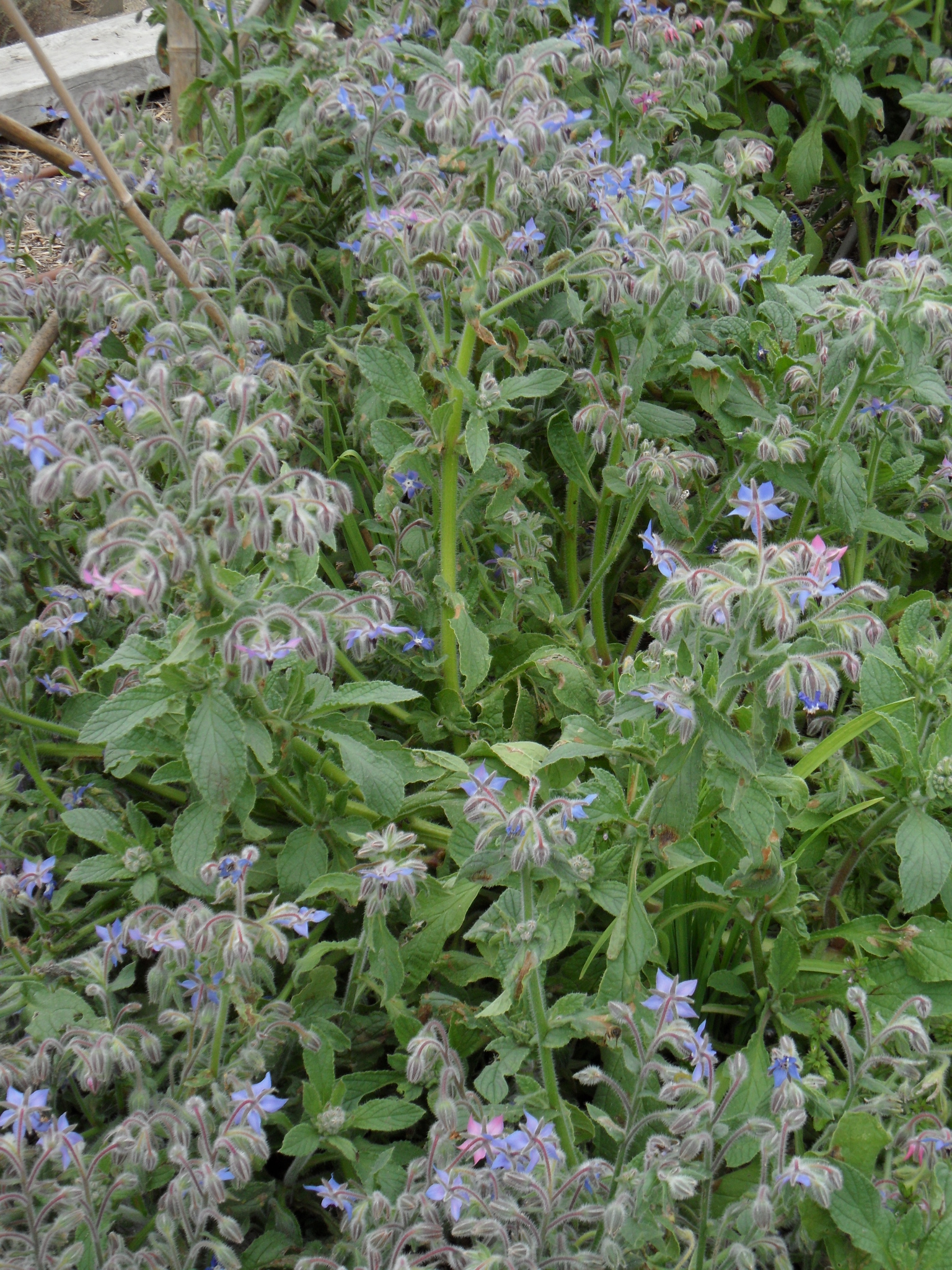
Possibly derived from the Latin burra — hairy garment, referring to the rough leaves.
Spreading or erect, annual or perennial herbs. Leaves simple, alternate. Flower clusters open and leafy. Flower throat with short scales. Stamens attached near the base of the flower tube, the anthers close together, forming a cone; summer.
Grown as border plants, but mostly in herb gardens.
Seed, division and cuttings.
Traditional herbal medicinal uses; flowers a source of nectar for honey-bees; leaves are sometimes eaten raw as a salad.
Anthers forming a cone.
5 species from the Mediterranean, Europe, Asia.
Source: (2002). Boraginaceae. In: . Horticultural Flora of South-eastern Australia. Volume 4. Flowering plants. Dicotyledons. Part 3. The identification of garden and cultivated plants. University of New South Wales Press.
